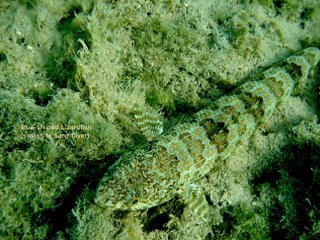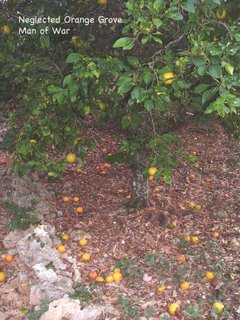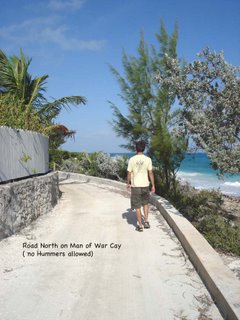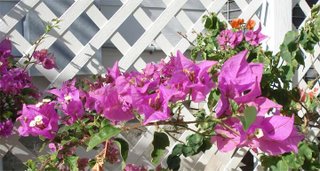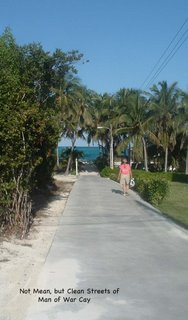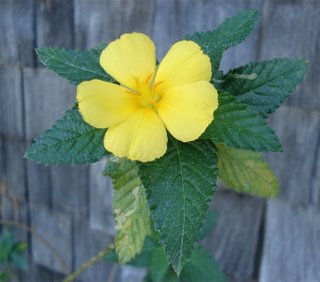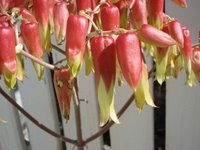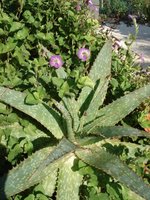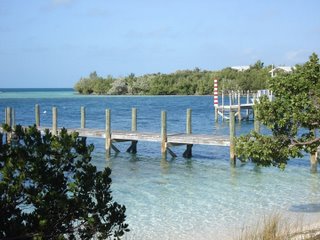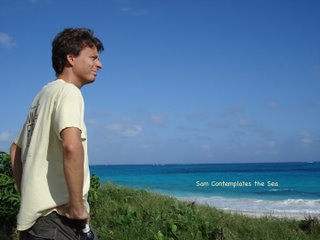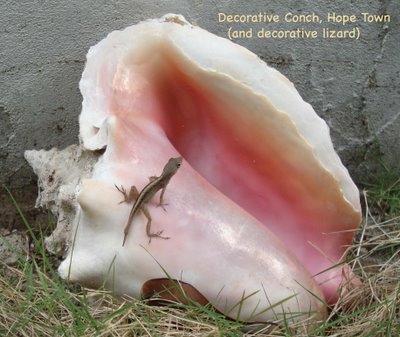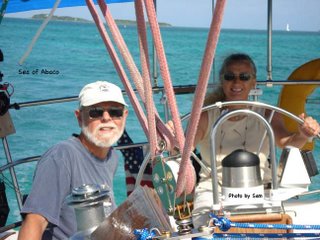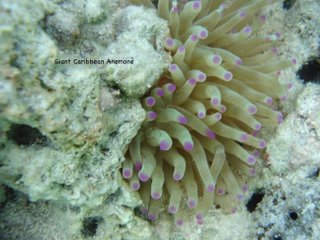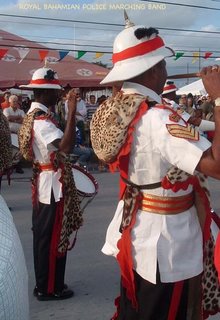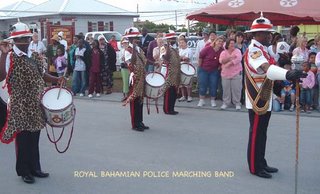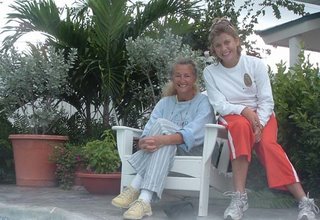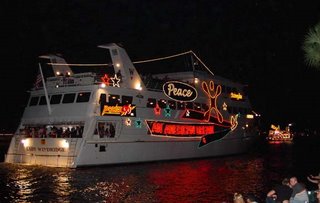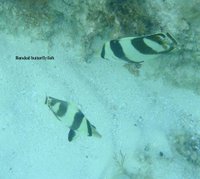The Nitty Gritty
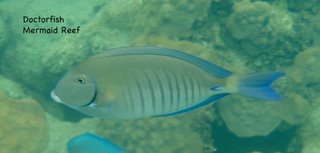



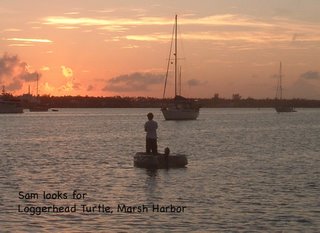

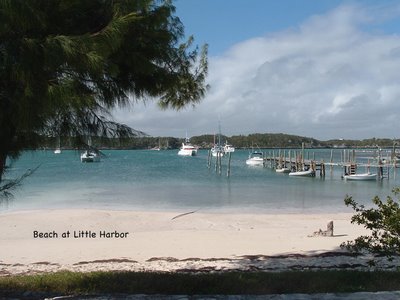


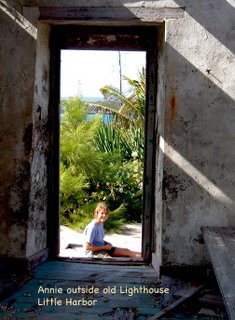
Our original plan for this trip was a modified comma course. We would sail from south Florida to the northernmost Bahama islands; visit, explore and enjoy that island and then proceed south to the next island and repeat the process working our way south until we ran out of money or until Mary Ann refused to sleep in a triangular-shaped bed any longer. A good plan! Short day sails from one island fringed by sandy beaches and palm trees to another.
Of course, our sojourn in the Bahamas has been nothing like that. The weather has been the greatest limiting factor. The weather is milder, even than south Florida, but is much windier. Many days the winds blow 20-30 knots all day and the smartest course is to remain at anchor in a protected harbor. Some days it is exciting (and wet) just to motor the dinghy from the boat to the dock. A trip out into the ocean is in fact dangerous as it is hard to find the gaps in the reef when 10-foot waves are breaking all across the opening.
Other concerns include: food, water, ice, church, laundry, and propane. Marsh Harbour, on Great Abaco Island, is perhaps the least beautiful of our stops, but the town has everything we need. Take food for example; everything in the Bahamas is more expensive than in the States,but when one gets to the out islands, also called the family islands, the price goes way up. Shortly before leaving, I bought a gallon of milk at the Glendale Ave. Krogers for about $ 2.25; at the Marsh Harbour supermarket the same gallon costs $4.00, but two days ago in Hope Town milk cost me $ 8.50 for the gallon.
We also require fresh water every few days. Fifty gallons goes pretty fast, especially with showers after swimming. It’s not free, however; good reverse osmosis water runs 20 cents per gallon.
Since our refrigerator runs down the boat batteries so quickly, our fridge is functionally an ice chest. That means one block of ice per day ($4-$5 per ) or the expensive milk will be chunky and the sandwich meat will be green. Have you ever washed down a green ham sandwich with warm Diet Pepsi?
Catholic masses are also harder to find than we expected. The large majority of Bahamians are Christian, but most are protestant, and again Marsh Harbour has regular Catholic masses at St. Francis (with a ten-minute sign of peace).
The same principle applies with propane and laundry; we need to fill our propane tank every two weeks or we can’t cook (or even make coffee!). Again, the only settlement which offers same-day propane is Marsh Harbour. Laundry must be washed every 5-6 days and Marsh Harbour has two laundromats. Laundry at the marina costs $8.00 a load, but white shirts remain fairly white.
There are probably yachts down here which are virtually self-sufficient, equipped with: water makers, solar panels, satellite dishes, washing machines, generators, and very large fuel tanks, but not the Peregrine.
As I write this we are moored in Little Harbor; sandy beaches, coconut palms, snorkeling reefs, and ragged caves are abundant. Pete’s Pub and Art Gallery (check www.petespubandgallery.com) offers overpriced drinks, some food (the cheeseburger runs either $13 or $14 depending on type of cheese) and bronze sculpture at really high prices, but no water, propane, laundry, church, or milk at any price. I suppose a Wal-Mart Super center near the beach would lessen the charm.) So, if the winds are less than 30 knots tomorrow, it’s back to Marsh Harbour to fill our propane tank and our other basic needs.
May all of you enjoy the best possible Near Year.
(note on photos: No doubt most of you realize that you may click on the photo for an enlarged view; if you haven't, try it. The underwater photos were all taken by members of the Peregrine crew (most by Sam). Unfortunately, Sam is now in Ohio where the water is currently hard. Since we still have many of Sam's photos saved on the compuer we will continue to include a few.)
